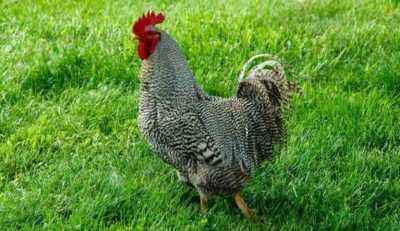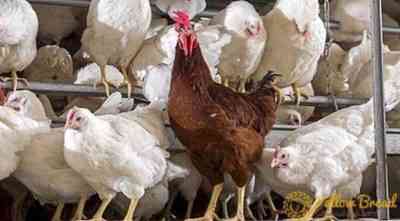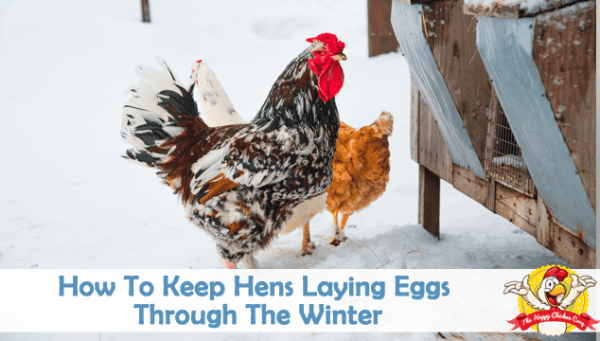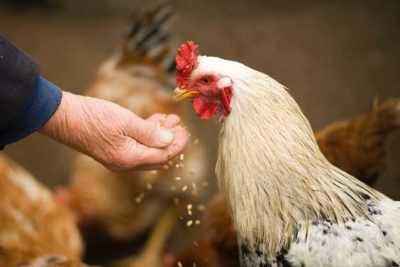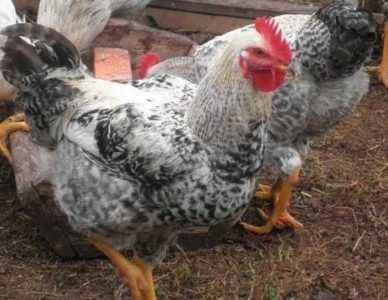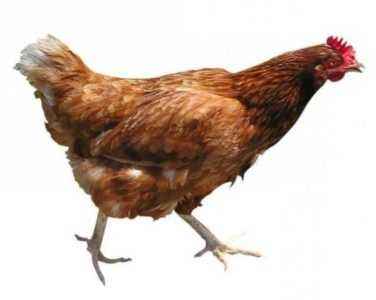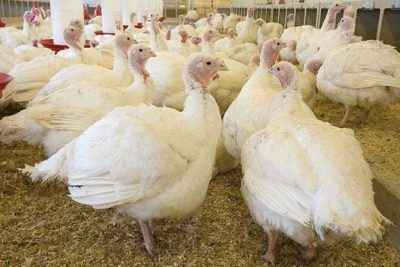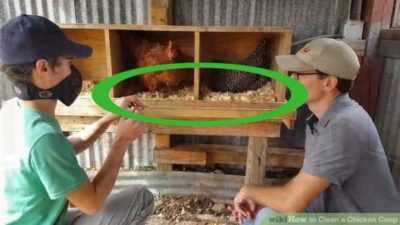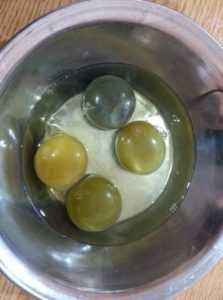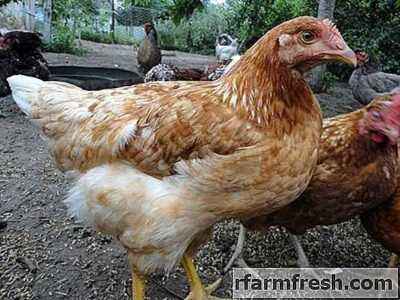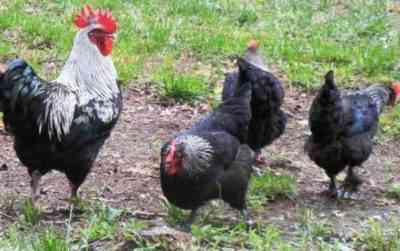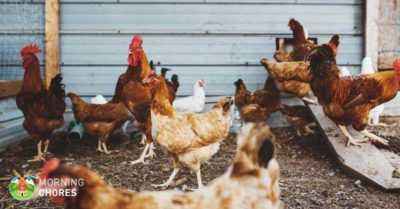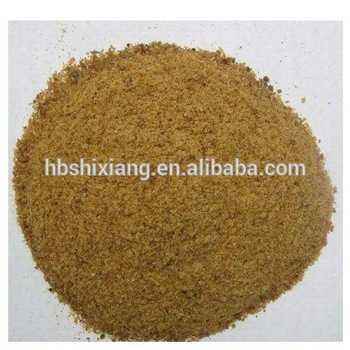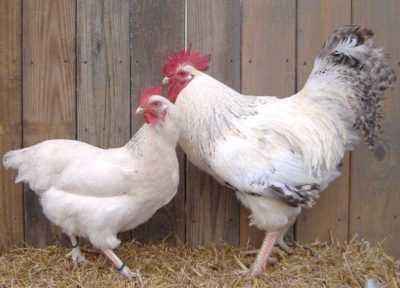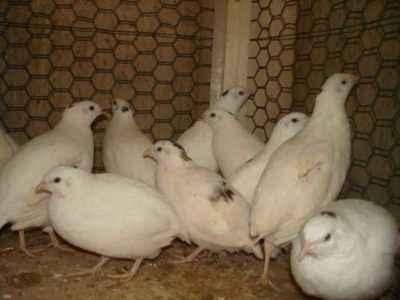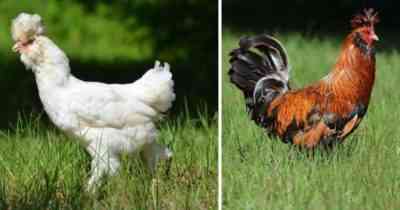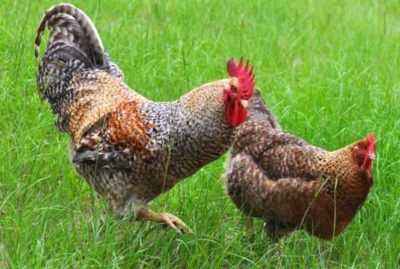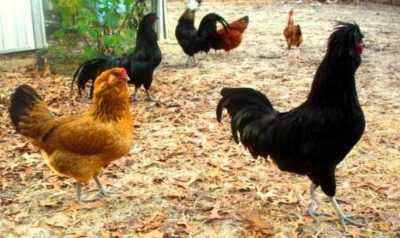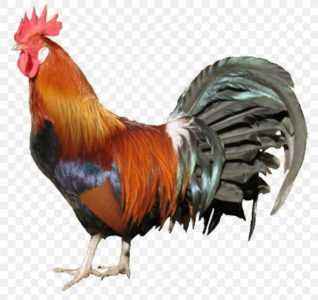If you plan to establish a broiler-breeding business, incubating chicken eggs is the only possible way to get the right amount of young animals every month. For the artificial conclusion of chickens, no brood hens are required. The main task of the farmer is to create the right microclimate in the incubator.
- What you need to know to successfully incubate
- Requirements for incubated eggs
- The mass and appearance of the shell
- Defects detected after ovoscopy
- How to disinfect
- How to save eggs for incubation
- How to properly lay eggs in the incubator
- Stage of incubation and temperature conditions
- First stage
- Second and third stages
- The fourth stage
What you need to know to successfully incubate
Many beginner breeders think that it’s enough to buy an incubator , bring it into the house, lay eggs there, and after some time the chicks hatch, grow up in healthy and beautiful chickens, as a result it will be enough just to sell them and enjoy wealth. this does not happen in order to grow up a viable young growth, certain skills and a theoretical knowledge base are needed. At each stage of incubation (there are four in total), unforeseen problems may arise, as a result of which the embryos die before they become a bird.
Breeding of chickens even in a domestic incubator is a complex technological process in which the key to the temperature regime:
- If the incubation climate is warmer than normal, the embryos will begin to develop faster than usual, all chicks of the brood will turn out to be unnaturally small in size, in addition, many will have the presence of an umbilical cord that has not yet had time to overgrow. Having managed to reduce the heat supply in time, the situation can be saved.
- If it is too cold in the incubator, chicks will be born the next day after the planned time. The mobility of frozen chickens will be significantly lower than characteristic of their relatives, hatched under normal conditions. But if they warm up, everything will return to normal. necessary.Humidity is also of no small importance:
- If the chamber has dry air, the bite will occur earlier than the expected time, due to which the weight of the chickens will be less than usual. li> If the humidity is increased, the appearance of chicks in the light, on the contrary, will be delayed a little. And if it is also cold in the chamber, there is a risk that hatched chicks with their skin and beaks will be glued to the shell.
When artificially raising chickens at home, it should be borne in mind that domestic incubators cannot always maintain the same temperature in all parts of the container, even if the instructions for the device contain other information. To ensure that all embryos develop evenly, periodically change the order of eggs in the tray.
To provide the necessary humidity in the incubator, you can install baths with room temperature water in it. If the incubation air becomes humid enough, it’s just enough to simply cover the vessel to lower this parameter when necessary, so that you can always move the lid slightly to the side or remove it completely.
Optimal humidity for small appliances that used at home, – 50-65%. Its excessive increase is often accompanied by low air temperature, and when this indicator decreases, the air in the container, on the contrary, is excessively warm.
Requirements for incubated eggs
Incubation of goose or chicken eggs should be made only from the best samples, which should be selected and stored, following special recommendations.
Weight and appearance of the shell
At home, take the scales and find out the weight of each egg . When breeding broiler chickens, this indicator is not the most important, but, if possible, these features should also be taken into account.
But the shell must be looked at very carefully.It will not work to bring out healthy chickens in an incubator if the eggs are initially with a large number of light and dark stains on the outer surface. As a rule, this happens if feeding the laying hens is done by a poor-quality product.
Defects detected after ovoscopy
A universal way to check chicken eggs is to light them with an ovoscope. If you do not want to spend money on the purchase of the device, you can easily do it yourself from improvised tools. There are many articles, photos and videos on the network that show the technology for creating an ovoscope .
Using a directional light beam, you can see where in the egg there is a growth, depression, crack and unwanted inclusions. Even one detected defect indicates that the source material cannot be incubated:
- If you place a cracked egg in the container, the bird cannot grow from it, as the material will lose all moisture and the embryo will die very quickly.
- Instances with a notch on the shell will lead to approximately the same thing, but do not rush to discard them: you can try to get rid of the defect with starch glue.
- The embryo develops defectively in an egg with a deformed shell.
An ovoscope can show in which state and there is an air chamber indicating the freshness of the original product.In the lumen, the camera looks like a dark spot near the blunt side of the egg, it stands out against the rest of the contents:
- if the camera is small, the product is fresh,
- if the spot is large, the product is stale.
In the second case, the eggs are not suitable for incubation, since the embryos in them will develop very slowly.
During transmission, the eggs need to be twisted from all sides. If it became noticeable that the yolk abruptly shifted to the blunt, then to the sharp end, then the cord (chalaz) holding it broke, and this instance is not suitable.
How to disinfect
The product must be thoroughly cleaned of dirt before being placed in a container with a rag soaked in a manganese solution. Then eggs must be sanitized.
Industrial processing is usually carried out with formaldehyde vapor. For this, formaldehyde, water and potassium permanganate are mixed in equal proportions. To process one cubic meter, it is enough to take 30 ml of each substance.
The container with the solution is quickly put into a special chamber, the selected eggs should already lie there. After a few seconds, as a result of a violent reaction, caustic gas, formaldehyde, will begin to be released from the vessel. As a camera, you can use an ordinary wooden box, which has no gaps and is very tightly closed. The procedure lasts approximately 30 minutes.
This method is suitable if the farmer has a large production of young animals.If a small household incubator is used on the farm, you can do without formaldehyde by wet disinfection using a 30 percent aqueous solution of bleach. Immediately before laying the eggs in the incubator, you need to place them in the prepared disinfectant liquid for several minutes.
How to save the eggs for incubation
Put the material in the cells for storage dumb side up. The room where the product is planned to be stored should be clean and cool (optimal t – 18 ° С). In this case, air humidity should be constantly maintained in the range of 80-85%. If long-term storage is necessary, it is better to lower the temperature a little.
The maximum duration of storage of the starting material is 6 days after the layer has laid it down. But the fruits develop best in specimens whose age is no more than 2 days.
How to properly lay eggs in an incubator
Each incubation always starts with laying in trays source material. You can do it at any time of the day, although most farmers prefer to do this late in the evening.
When you take the eggs out of the cool store, you must place them in a warm place for 1-2 hours and only then transfer them to the incubator.
Laying pattern of duck and chicken eggs:
- Very large specimens are laid first, since chickens are hatched later.
- after 6 hours, a medium-sized product is laid.
- After another 6 hours, the turn of small eggs.
If everything is done correctly, the chicks will hatch at the same time. To simplify the process, it is best to immediately select all medium-sized eggs as starting material.
Stages of incubation and temperature conditions
Before placing the product, each incubator tray must be heated to room temperature (25-27 ° C).
Incubation should take place in four stages:
- 1 stage – the period from 1 to 7 days,
- Stage 2 – the period from 8 to 11 days,
- Stage 3 – the period from 12 days to the first squeak of chicks not yet born.
- Stage 4 – the period from the first squeak to the bite .
Chicken Incubation Regimen Table GOVERNMENTAL eggs at home.
Days of ovoscopy Humidity Temperature Turn 1 stage from 6 to 10 days from 50% to 60% 37.5 ° C (with dry) 29 ° C (with wet )
every hour stage 2 from 11 to 17 days stage 3 from day 18 stage 4 Gradually increase to 78-80%
On dry – 37.2 ° С On wet – 31 ° С
not needed The table clearly shows under what conditions the eggs should be incubated, h so that the embryos develop correctly. If you are afraid to forget something or miss an important time, you can create an electronic calendar on your phone and note the time and days there for the necessary procedures.
First stage
First 3 stage it is necessary to contain eggs at a temperature of 37.7 ° C and a humidity of 50% or slightly more. These days, you need to turn the eggs every 60 minutes (hens constantly do this in the wild).
It is very good if your incubator model has a built-in rotation function, if not, you need to open the container and carefully turn each egg over. We must always try to comply with these simple rules and scrolling schedules in a timely manner.It is necessary to change the position of the eggs so that the embryos do not grow to the walls of the eggs and die.
Periodically throughout the entire incubation period, ovoscopy should be performed to understand whether the embryo is developing properly. At the first transmission, a well-developed circulatory-vascular network should be clearly visible, covering more than half the surface of the yolk. The embryo itself is still hidden inside the plasma. If irregularly developing eggs or those in which the embryo is absent become noticeable, it is necessary to remove them from the tray.
Second and third stages
From the second week the next stage of incubation begins, these days, the embryo needs the maximum amount of water. Too dry air is detrimental to the development of future chicks. An embryo is already visible in the lumen in the egg, and allantois closed at the blunt end.
In the days of the third stage, good air circulation should be ensured, which will facilitate active gas exchange and metabolism. We must continue to monitor the progress of the fetus.
By this time, the embryo will fill almost all of the space except the air chamber, under which (under normal conditions) a third of the egg should be allocated. At the end of the third period, the chicks will begin to peep inside the egg and reach towards its sharp end, trying to break through the film of the air chamber first and then the shell itself.
Fourth stage
And finally, the last, fourth stage.At this time, the chicks are ready to be born and your task is to help them in this. For easy biting, it is important to ensure that the temperature in the chamber is constantly maintained in the region of 37.2 ° C, and the humidity is not less than 78%. If the device has a ventilation function, it should be turned on twice a day, if not, the incubator should be ventilated on its own (the process should last about 20 minutes). From day 18, you can not turn the eggs over, they should always lie on their sides at a good distance from each other.
Among other things, it is important to pay attention to how the chicks squeak. With normal development of the fetus, the sound from the shell should come out even, tender, not too loud. If the chickens start screaming with all their might, it means they are cold.
Before hatching, the chick starts to turn clockwise and peck the shell. For healthy young animals, this work is not difficult, the shell is chopped into large pieces and after 3-4 hives a break is formed in the egg and the chick is born. If you have never seen chickens appear, you can watch a video on this topic, which you can find as many as you like on the Internet.
Incubation lasts an average of 3 weeks (21 days). Chicks from eggs simultaneously loaded into the device should hatch all on one day with a difference of several minutes to several hours. After the chicks hatch, you need to carefully examine and select the bird.
Healthy chicks:
- have strong strong legs,
- shiny fluff,
- bulging eyes,
- a clear look,
- short beaks.
Pets must actively move and respond to extraneous sounds. It is important to carefully examine the bellies bellies, check the umbilical cord for softness. If a slight increase in the abdomen is noticeable, on which there are small dried blood clots near the umbilical cord, you do not need to rush to reject the broiler chick, in the future the situation can normalize. The same applies to babies whose feather color is not too perfect (pale, dull).
If the chickens are very weak, they must be killed immediately. You should not spend precious time on poor brood, it is better to pay more attention to viable individuals. Hatching lumps should be kept in the incubator until they dry, then you need to move them to the brooder (for this purpose a box or a cardboard box is suitable).
The main mistakes of poultry farmers during incubation, which can cause high mortality young animals, these are:
- poor quality of the selected eggs,
- wrong incubation mode,
- too long storage of the source material.
The main task of incubation is, taking into account all the subtleties, to create the right microclimate in which the development of embryos will occur in a timely and harmonious manner.Any, even fully automated, device requires constant monitoring at least 3 times a day. It should be remembered that even if all parameters are set correctly, no one is safe from malfunctioning equipment.
